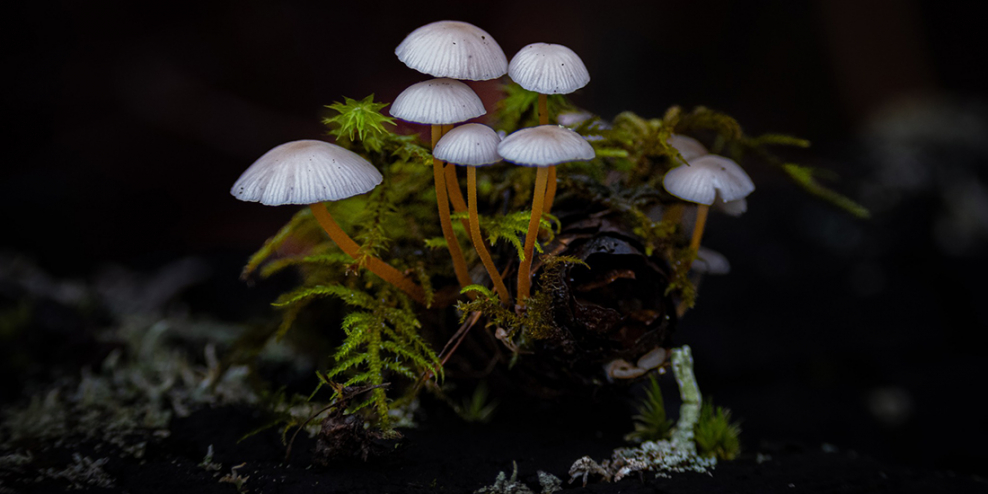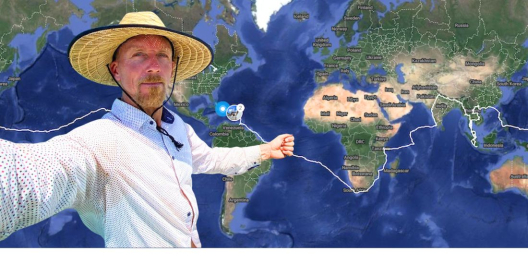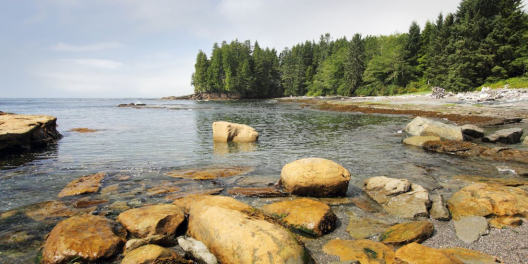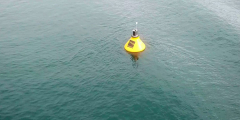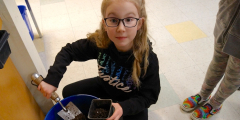Vancouver Island wild mushroom harvesters are experiencing one of the worst seasons in a long time.
A prolonged drought on Vancouver Island, which lasted well into October, saw parts of VanIsle get less than 10 percent of average rainfall between July and October. It left the forests tinder dry.
“Some of the fungi, we suspect, have probably given up for the season and won’t be producing mushrooms, no matter how much it rains now,” Andy MacKinnon, co-author of the book Mushrooms of British Columbia, recently told CTV News.
Mushrooms are the fruiting body of fungi and only appear for a short time in a fungi’s life cycle.
They’re kind of like an apple, berry, or any other plant fruit, and their function is reproduction. In this case, fungi reproduce by spreading seed-like mushroom spores.
But for fungi to grow mushrooms, they need the right combination of humidity, soil moisture, and temperature. In this respect, fungi are stubborn and also patient.
Without these ideal conditions, they won’t produce mushrooms. They just go dormant. And they can stay dormant for many years, waiting until the time is right.
In an era of more common heat waves and droughts, mushrooms could become another canary in the coalmine of climate change.
It’s been slim pickings for mushroom foragers this year. In a typical fall, the mossy floors of Vancouver Island forests are lit up with chanterelle, cauliflower, pine, and dozens of other edible species.
This year, they’ve been hard to come by.
Mushroom pickers can make big money in good years when prices are high. For example, an experienced forager can make upwards of $1,000 per day picking pine (matsutake) mushrooms, chanterelles, and other delicious edible varieties.
But it hasn’t been an entire bust this season.
In northern BC, conditions have been wetter. Mushroom harvesting has been better up there.
For example, amateur forager Danielle Bergeron recently picked a 9 kg cauliflower mushroom up north that measured 1.5 metres in diameter.
That’s a whole lot of mushroom!

